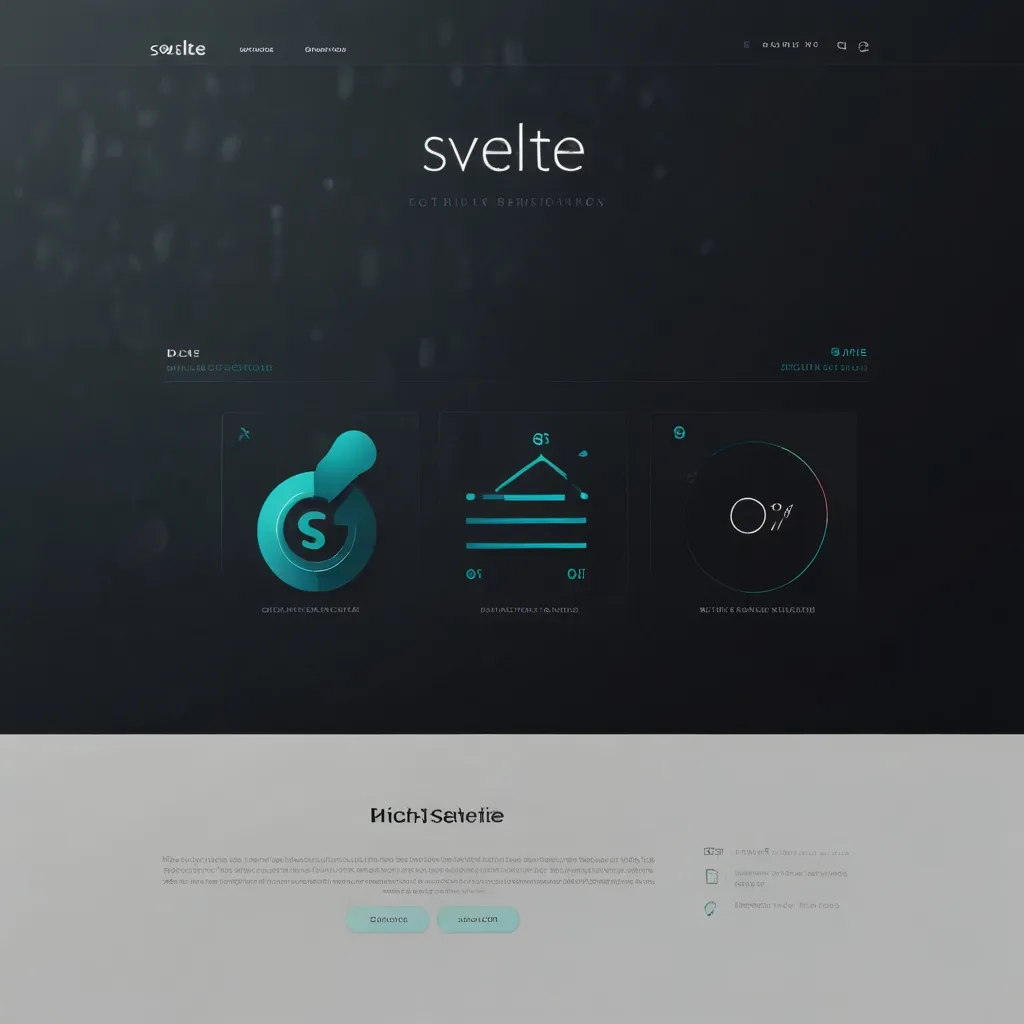Diving Into Content Security Policy (CSP)
In today’s world of cybersecurity, Content Security Policy, or CSP for short, is like a digital superhero. This handy tool helps shield our web applications from all sorts of web nasties like cross-site scripting (XSS) attacks, clickjacking, and data injection. Think of it as a special set of rules that developers can use to tell browsers exactly what’s safe to load and what isn’t. This makes it much harder for the bad guys to slip in their malicious code.
What CSP Is All About
CSP is basically a security standard that helps keep our web pages safe by letting developers set rules for what resources can be loaded. This is communicated to our trusty web browsers using a thing called an HTTP header, known as Content-Security-Policy, or sometimes via a <meta> tag right in the HTML. The rules, known as directives, outline which sources are acceptable for loading things like scripts, styles, and images.
How CSP Gets The Job Done
When our browser gets a web page with a CSP policy, it’s like receiving a strict set of instructions. For example, if the policy says script-src 'self', the browser will only load scripts that come from the same origin as the web page itself. This prevents shady scripts from sneaking in and causing trouble, particularly those nasty XSS attacks.
Protecting Against XSS Attacks
XSS attacks are a real pain. They happen when someone manages to inject malicious scripts into a web page, which then get run by the unsuspecting user’s browser. But with CSP in place, only scripts from trusted sources (as specified by the policy) get the green light. For instance, with a policy like:
Content-Security-Policy: script-src 'self';
any scripts from outside sources get blocked. This is a simple yet powerful way to keep malicious content at bay.
Nonces and Hashes: Adding Extra Layers Of Security
For more tricky situations, CSP also offers nonces and hashes. A nonce is a random value that shows up in both the CSP policy and the script tag. If they match, the script runs. If not, tough luck for the script. Here’s what it might look like:
Content-Security-Policy: script-src 'nonce-3YCIqzKGd5cxaIoTibrW/A';
<script nonce="3YCIqzKGd5cxaIoTibrW/A">...</script>
Hashes, on the other hand, involve a hash of the script content. If the script’s content doesn’t match the hash, it’s not running. These two mechanisms provide a broad, flexible approach to securing web applications.
Fighting Off Clickjacking
Clickjacking is when a user is tricked into clicking on something different from what they believe they are clicking. CSP can thwart clickjacking by stating which pages can frame the current one. For example:
Content-Security-Policy: frame-ancestors 'self';
This ensures only pages from the same origin can frame the current one, nixing any malicious framing attempts.
Rolling Out CSP
Implementing CSP isn’t rocket science, however, you will need to tweak your web server settings to return the Content-Security-Policy HTTP header. Check out this example:
Content-Security-Policy: default-src 'self'; img-src https://*; child-src 'none';
This policy says scripts can only come from the same origin, images from any HTTPS source, and no child frames. It’s a sensible, secure starting point.
Learning From The Best: Google’s CSP Policy
Google doesn’t mess around when it comes to security and uses CSP extensively. Here’s a taste of Google Hangouts’ CSP policy:
Content-Security-Policy: script-src 'report-sample' 'nonce-3YCIqzKGd5cxaIoTibrW/A' 'unsafe-inline' 'strict-dynamic' https: http: 'unsafe-eval'; object-src 'none'; base-uri 'self'; report-uri /webchat/_/cspreport
This policy is balanced to keep XSS threats at bay while ensuring compatibility with older browsers. It’s an effective and practical approach.
Best Practices for CSP Success
While CSP is fantastic, it’s not a catch-all solution. Combining it with solid coding practices is key. Here’s some advice:
Use Specific Directives: Utilize more detailed directives like script-src, style-src, and img-src instead of just default-src.
Avoid Inline Scripts and Styles: They can bypass CSP policies. Move them to external files where possible.
Use Nonces and Hashes: For those inline scripts that can’t be moved, adding nonces or hashes makes sure only trusted scripts run.
Update Regularly: As your app changes, make sure your CSP policies keep up to ensure ongoing effectiveness.
Broader Security Measures
CSP forms a part of a broader security landscape. Here are some additional tips:
Validate and Encode Input and Output: Guard against XSS by diligently checking and encoding user input and output.
Subresource Integrity (SRI): This helps ensure external resources haven’t been tampered with, adding another security checkpoint.
Keep Software Updated: Regular updates mean you’re always equipped with the latest security patches.
Code Refactoring: Regularly clean up your code to remove outdated features that could pose security risks.
Wrapping It Up
Content Security Policy is a guardian against numerous web threats. By clearly defining what resources browsers can load and execute, CSP helps fend off XSS, clickjacking, and other malicious attempts. While CSP doesn’t replace good coding practices, it offers a strong line of defense to make exploiting vulnerabilities significantly tougher. Mastering and effectively deploying CSP in web applications means taking a huge step towards bolstering overall web security.





